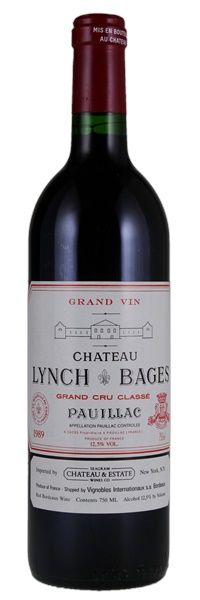Estimate


...what a great vintage of Lynch Bages! I would rank it at the top of the pyramid...the stunning bouquet offers classic notes of creme de cassis, subtle smoke, oak and graphite. Powerful and rich with some tannins still to shed...
...plenty of blackberry, mint and spice aromas and flavors. Full-bodied, with masses of velvety tannins and a superlong, fruity finish. Yet it's only giving half of what it's got; give it time. Perhaps the greatest Lynch-Bages ever produced
..Quite clean and juicy, boasting lovely precision and size to its flavors of small dark berries, smoky plum, coffee and minerals. This pure, long wine finishes with enticingly soft flavors of red cherry and marzipan...
..Fabulous sweet fruit still, plus a touch of coffee and cigar box. Complex and elegant but rich too. Then vibrant and spreading on the palate. Velvety but still finely structured. A wonderful whole and drinking perfectly...